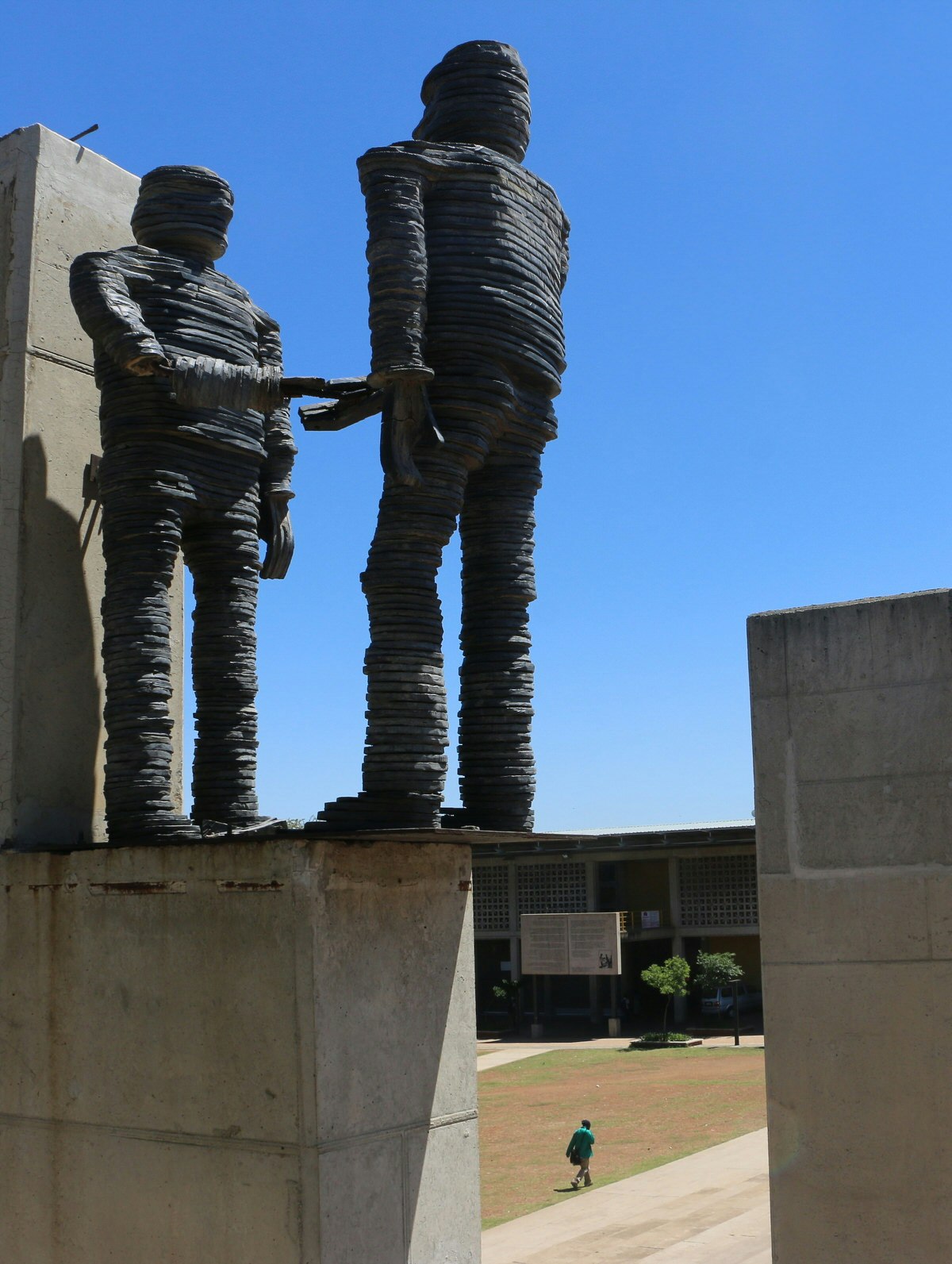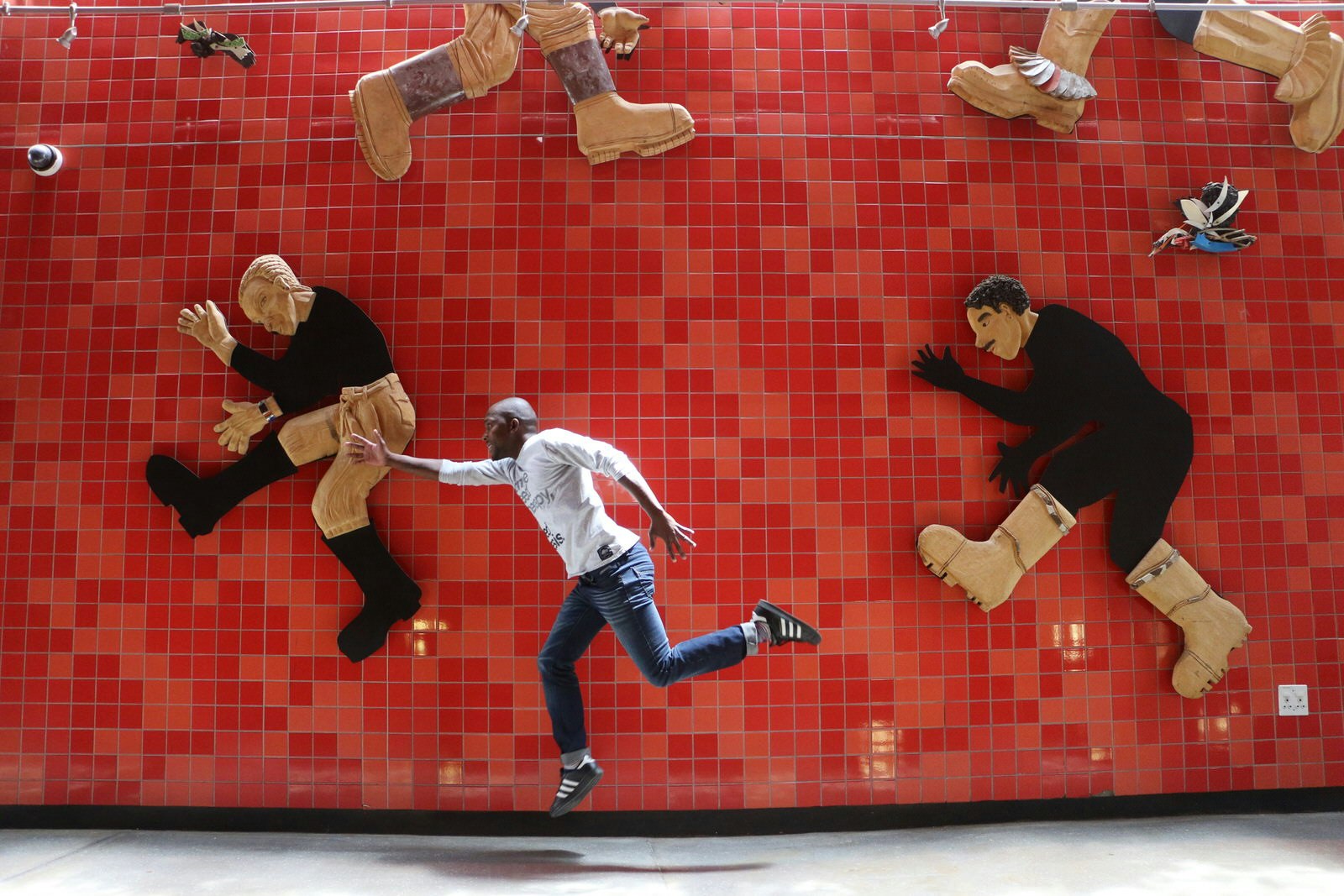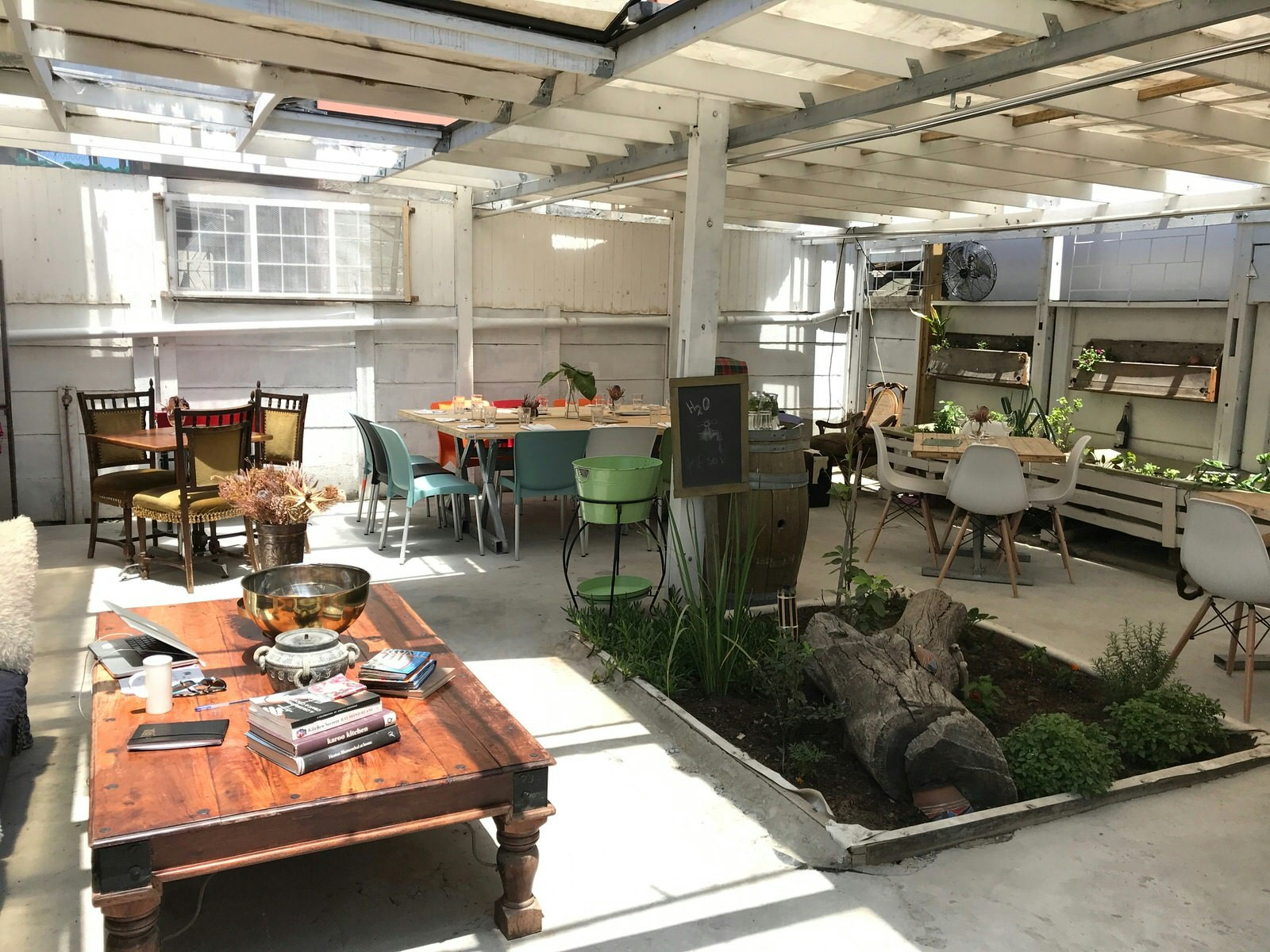The suburbs of Soweto, part of metro Johannesburg, and Khayelitsha, a sprawling settlement on the Cape Flats east of Cape Town, are shedding their reputations for ‘disaster tourism’. These resurgent neighborhoods are embracing an entrepreneurial future that includes new monuments, contemporary theaters, community centers covered in public art, gourmet restaurants and third-wave coffee shops.

History Sites of Soweto
Shorthand for ‘Southwestern Townships’, Soweto has its roots in the early 19th century when the area was designated as a residential neighborhood for black South Africans. It all started in Kliptown, first laid out in 1891 on part of what was then Klipsproot Farm.

Today the focal point of the district is Walter Sisulu Square, named after the famous activist of the apartheid struggle. On 26 June 1955, Sisulu was among the 3,000 delegates to the Congress of the People who gathered here to draft the Independence Charter. The main theological points of the Charter are represented by ten pillars that line one side of the broad grassy plaza, each covered with interpretive sculptures. The plaza is also connected to a tourist office, convention center, Soweto Hotel, and a lively traditional market. The conical brick tower on the north side of the square, reminiscent of ancient African architecture, is the Freedom Charter monument. An X-shaped skylight over the eternal flame burning inside the monument casts a symbolic ‘insignia of freedom’ like a cross on ballot paper.

Opened in 2015 and commemorating one of the most painful moments in Soweto’s history is the June 16 Memorial Acre. On this date in 1976, a peaceful student protest was violently crushed by the police, killing more than 200 teenagers on the first day of the Troubles. These heart-wrenching events are immortalized in this large open-air space through a stunning collection of contemporary murals and powerful artworks. The plan is to build a tourist trail from here to the memorial and museum named after 12-year-old Hector Patterson, one of the first victims of that fateful day.
Contemporary Soweto style
The struggle against apartheid is central to Soweto’s identity, but life in this thriving city of more than 1.2 million inhabitants is not all about the past. Many new businesses and institutions are increasing the quality of life here. A great example is Theses, a boutique and cafe in the suburb of Mofolo. The cool kids behind this concept fashion brand create colorful streetwear with graphic slogans and bright color patterns. They also have a running club that meets every Saturday morning for a 10km run around Soweto.
More eye-catching fashions from the emerging local designer are on sale here. A box store. This boutique and coffee shop, built from shipping crates, faces Vilakazi St where, at one time, two Nobel laureates – Nelson Mandela and Desmond Tutu – lived. His former home, a small and hugely popular Mandela museum, makes this ground zero for Soweto tourism, but the strip is also popular with locals, who enjoy a hip vibe and a wine bar, including a hip and stylish design. Walk around restaurants and bars.

A brewery in Soweto? Yes, and there’s an annual too. A wine festival, which takes place at the Soweto Theatre. About 200,000 vivid blue, yellow and red tiles cover the exterior of the three performance spaces that make up this cultural center. Many other programs and shows are hosted here throughout the year, including TV shows. South Africa’s Got Talent. Even if nothing else, it’s still worth a visit to see the creative art and installations that decorate the theater’s lobby.
If beer is more your thing, head to the Ubuntu Crawl Beer Garden, where you can sample a variety of on-site ales from Soweto Brew Company, now owned by Heineken, which makes Soweto Gold Lager on a larger scale. Intend to change the market. Brand A few beers here can help you find the courage to bungee jump from a rope bridge strung between the nearby Orlando Towers. And if that kind of adrenaline rush isn’t your thing, admire the giant mural art covering the towers while enjoying freshly grilled meats and another Soweto Gold at the Chaffe Pozzi Barbecue Restaurant.
Changing Expressions in Khayelitsha
Khayelitsha only arrived on Cape Town’s Cape Flats in the mid-1980s, but recent estimates put its population at 2.4 million, easily making it South Africa’s largest settlement. However, it was never formally planned and is a significantly poorer place than Soweto, with little formal infrastructure.
A big leap came in 2016 when the Asiwana Center opened. Six years in the making, this practical, creative space is home to a number of social change organizations and charities, as well as a library, café and state-of-the-art Bertha Movie House. Two large wall murals – a fashionably dressed African girl by Breeze Yoko and an elephant by Falco One – brighten the exterior.
If you’d like to see more street art around Khayelitsha, check out Zimbabwean artist Juma Makewella. On his tours around the township you’ll not only get to see some great murals but also help local residents tend their vegetable gardens – a splash of color and greenery in the sandy plains of the Cape Flats. .
More creativity is showcased in the compact 18 Gangster Museum housed in a former shipping container. Half of the container houses an exhibition using text and images to educate visitors about the dangers of gangsterism. The other half is a simulated prison where ex-convicts provide first-hand accounts of their experiences. A visit to the museum is usually accompanied by a visit to Khayelitsha by foot, bike or taxi.

Cooking in Khayelitsha
Khayelitsha is a fertile breeding ground for new and upcoming business talent. Abigail Mbalo is a dental technologist and mother who made it to the final six Masterchef South Africa. In keeping with this exposure and his desire to put a contemporary spin on traditional township cooking, Mbalo opened a catering business, 4Roomed eKasi Culture, which includes a restaurant that qualifies as Khayelitsha’s first fine dining venture. Is. Herbs that Mbalo uses in his dishes, such as pap (maize porridge) and fancy versions of curry, grow in old bathtubs as planters around the edge of the restaurant, cleverly whitewashed. Mbalo is an engaging presence in the open kitchen directing the staff and mingling with his guests.
Equally enthusiastic is Sekila (Seki) Debella, who in 2016 converted the garage of her family home into Seki’s Coffee Cafe. The 29-year-old brings nine years of experience working for South African coffee giant Vida E-Café to bear on his venture, offering his own blend of java alongside sweet treats including cookies and muffins.
Also specializing in muffins – a delicacy made from spinach – Lofif Nomjana, aka Spinach King. In early 2014, Nomjana secured sponsorship from Richard Branson’s Virgin Group and expanded his ‘green’ bakery and vegetarian food business to two outlets in Khyelitsha, with plans for others as far away as Washington DC. .
